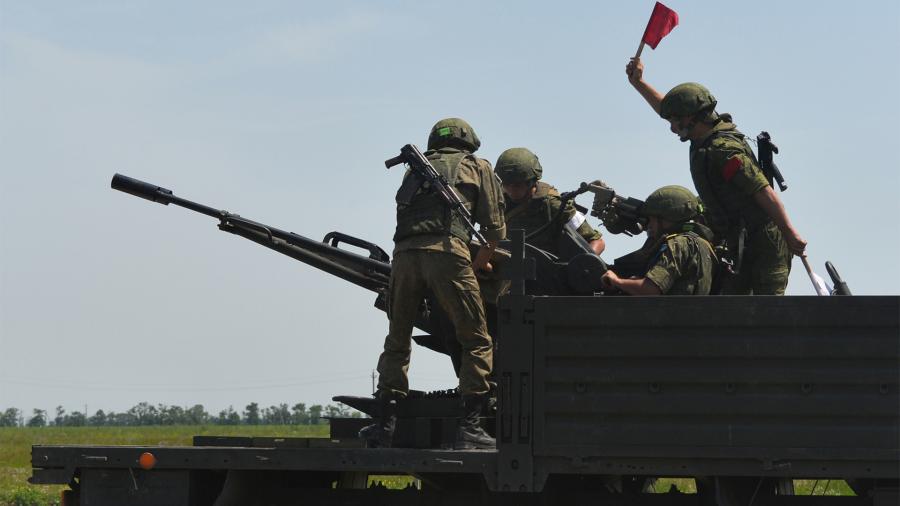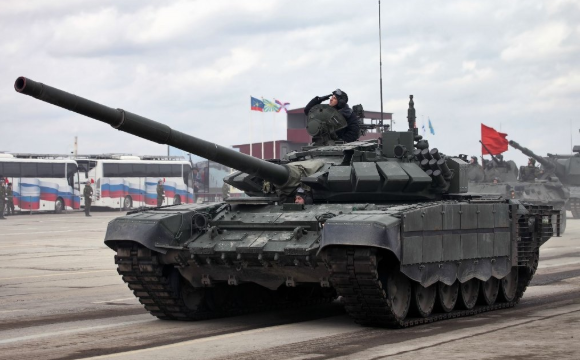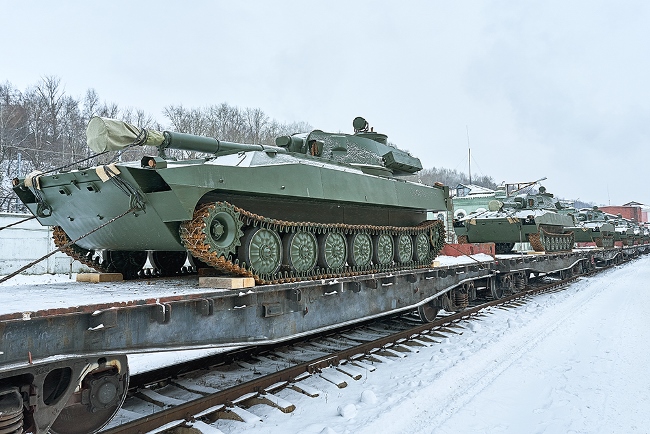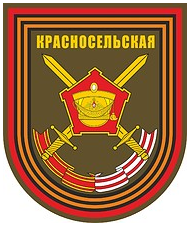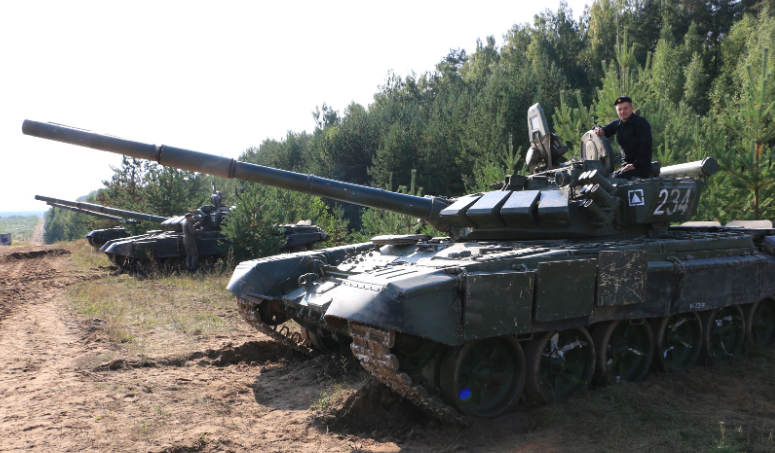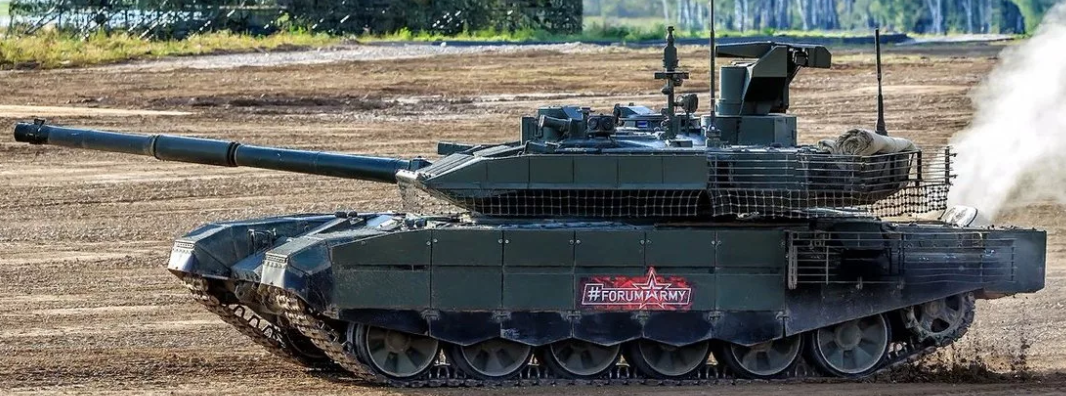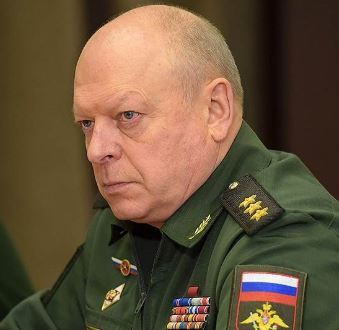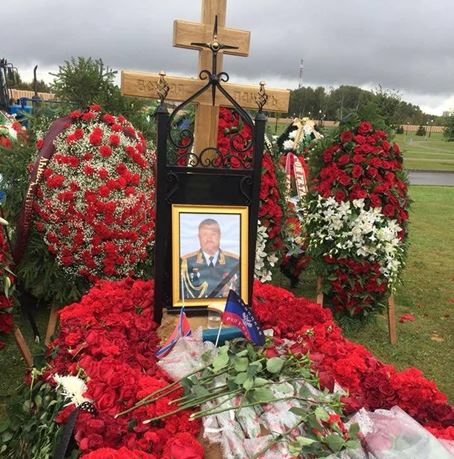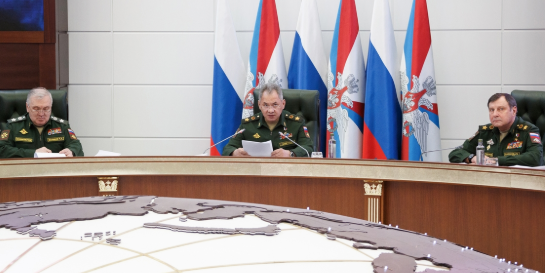
At the MOD Collegium on March 20, Russian Minister of Defense Sergey Shoygu pretty much acted like there’s not reason for concern.
With pandemic set to sweep across Russia (everywhere else too), Mr. Shoygu outlined the MOD plan to manage coronavirus. Most of his publicized remarks still focused on the country’s military security and the “increased presence” of U.S. forces, ships, and planes on Russia’s borders.
Shoygu claimed no COVID-19 cases in the Russian Army. The MOD has stopped sending “military delegations” abroad and it won’t host foreign officers. He mentioned vague plans to keep Russian troops close to their garrisons.
Russia’s spring draft won’t be postponed. It will begin as normal on April 1 and end July 15. Conscripts will be tested for coronavirus before they go to their units, and “isolated” during their first two weeks there.
How about testing young men before they answer the summons at the military commissariat? The draft is good news for men being demobbed. Not so good for their replacements.
Recall the Russian Army is a place where barracks and units have been decimated by illness in the recent past. Sixty percent of disease there is respiratory (as is COVID-19). The MOD’s medical establishment is often corrupt and probably just average on its best day.
So much for health security . . . . The Collegium turned to the 2020 plan of activity for the Southern and Eastern Military Districts. After describing U.S. efforts to dominate Russia’s “south-west strategic direction” and the Black Sea, Shoygu said the Southern MD got 1,200 new and modernized weapons and equipment in 2019, and will get nearly three times that many in 2020.
The Defense Minister said the Southern MD will stand up a motorized rifle division and two “missile troops and artillery” brigades. Perhaps the Russians will upgrade one of the Stavropol-based 49th CAA brigades to division status.
“Missile troops and artillery” is the formal name for the artillery branch of the Ground Troops. It seems likely one artillery brigade will be established at the district level and another for the 8th CAA.
After detailing U.S. striving to control the Asia-Pacific region as well as Russia’s Sakhalin and Primorye “operational directions,” Shoygu indicated the Eastern MD got 1,300 major items of equipment in 2019, and will get 1,350 including 502 new ones (so 848 modernized) this year.
He said the Eastern MD will get motorized rifle and tank regiments (probably just one of each) in Primorye. They will likely round out the 5th CAA’s 127th MRD, created recently out of the 59th MRB.

127th MRD at Sergeyevka
Shoygu also said the Eastern MD will participate in nine international training events in 2020. The MOD also remains adamant that the 75th Victory Day celebration will go on no matter what. Not sure how that squares with health security. Sounds like mixed messaging by the MOD.

